The history covers three aspects:
- The early sporadic contacts between VOC seafareers and Indigenous people in the 17th century
- Dutch settlers in the 19th and early 20th century – small number (seee Duyker’s book)
- Mass immigration in the post -WWII period
The DACC researched the experiences of the post-WWII Dutch migrants in2005 and again in 2017, of post1990 Dutch migrants. Results reported elsewhere in this Digital Hub.
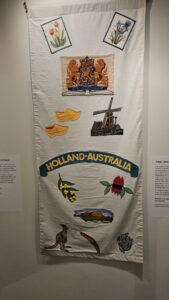
Migration Museum, Adelaide
The Migration Museum in Adelaide is Australia’s oldest museum dedicated to the history of migration. Opened in 1986 and operated by the History Trust of South Australia, the museum explores the diverse stories of immigrants who helped shape South Australia and the nation. Through permanent and changing exhibitions, it documents
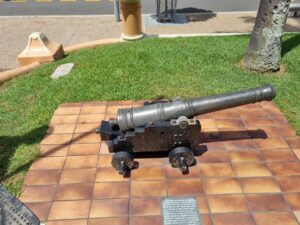
How did a VOC canon end up in Maryborough
N.E.I. ARTEFACT FOUND IN QUEENSLAND by Jack Ford Recently, Jack Ford was at Hervey Bay and he visited the nearby city of Maryborough. He visited the Town Hall building that was built in 1908 and he was surprised to find an old Dutch naval cannon mounted outside that building’s entrance.
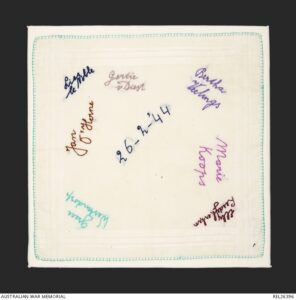
Handkerchief of the Dutch ‘Comfort’ Women WWII
50 years of silence ‘How can you tell your daughters, you know? I mean, the shame, the shame was still so great. I knew I had to tell them but I couldn’t tell them face to face . . . so I decided to write it down.’ Jan Ruff O’Herne’s
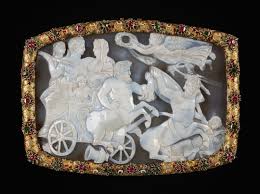
The Gemma Constantiniana and the Batavia shipwreck
The Gemma Constantiniana is a remarkable artifact – only one of three of the Roman period – that weaves together the stories of ancient Rome, Dutch maritime history, and European royalty. This 4th-century CE sardonyx cameo, created during the reign of Emperor Constantine the Great, celebrates the emperor and his
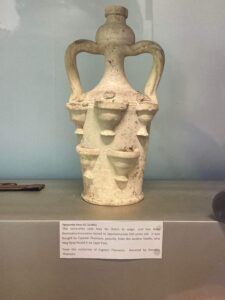
Dutch? 17c vase – Cooktown Museum
While the vase looks more Middle Eastern or Asian it might come from a Dutch ship. It forms part of the Captain Thomson collection at the Cooktown Museum. As indicated in the label below the picture it may have found by Frank Jardine, an early landowner, settler and police commissioner
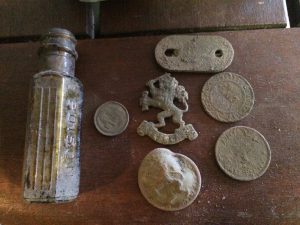
Dutch and Australian Relics from Camp Columbia Brisbane
Camp Columbia in the suburb of Wacol in Brisbane was a United States Army military camp. It was built in 1942 to accommodate American troops. The Sixth US Army Headquarters was formed and stationed here. It also hosted two hospitals and an Officer Candidate School till 1945. This was the
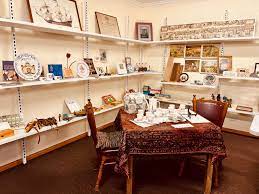
Dutch Australian Heritage Centre & Dutch Museum – Melbourne
The Dutch Australian Heritage Centre (DAHC) gives the general community an opportunity to learn about Dutch and former Dutch East Indies culture and language and shows how families moved to Victoria and lived and worked in the post World War II migration period. The Dutch and Dutch East Indies migration
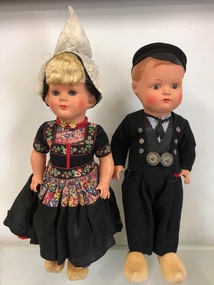
Dutch Australian Heritage Centre – Victoria
The Dutch Australian Heritage Centre (DAHC) was established in 2000 with the aim to collect and display items of recognised significance relating to immigrants who arrived here from the Netherlands and the former Dutch East Indies, with special emphasis on migration in the post WWII period. The DAHC collection consists
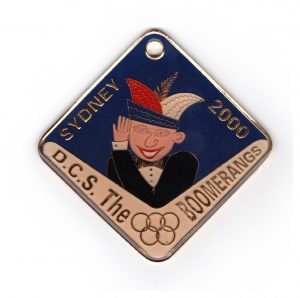
Dutch Carnaval Society the Boomerangs
The following text is from a booklet published by the Federation of Netherlands Societies Ltd. in February 1985. The research for this booklet was done by Mijntje Hage. Nederlandse carnavalsvereniging De Boemerangs. The Boomerangs keep one of the oldest traditions of Europe alive, that is the yearly Festival before Lent, “Carnaval”. A
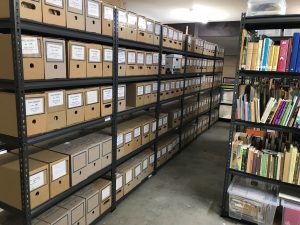
DACC Paper-based ARCHIVES
The Dutch Australian Cultural Centre was founded in 1983 and gives as its aims and objectives in its mission statement, the collection, preservation, promotion and dissemination of Dutch culture and heritage in Australia. The Centre immediately started the collection of material for the archives and Library and now, after almost